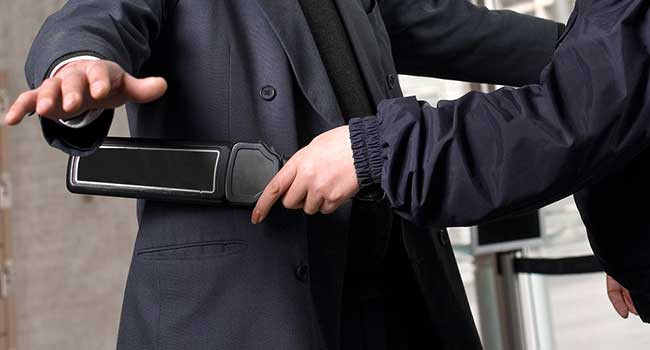
Los Angeles Unified School District to Discontinue Random Wand Searches
The Los Angeles Unified School District has been conducting random wand searches since 1993. In June, the school board decided to terminate the random wand searches in July 2020.
- By Kaitlyn DeHaven
- July 09, 2019
The Los Angeles Unified School District’s school board decided earlier this summer to discontinue the random wand searches the district began conducting in 1993. While some schools may stop the searches sooner, all searches will officially stop in every school in July 1, 2020. The board has asked Austin Beutner, the superintendent, to come up with an alternative safety policy by the time the searches stop.
The random wand searches began at L.A. Unified in 1993 after two students were killed in shootings at Fairfax and Reseda high schools. After a shooting at Gardena High School in 2011, the district mandated daily searches in every middle and high school.
While the searches were in place, random students would be pulled out of class at random times daily, and school administrators would check them with hand-held metal detector wands.
According to NBC 4, David Turner of the Brothers, Sons, Selves Coalition, who was in opposition of the searches said they made the students feel like criminals.
“You don’t have to [make] people feel like criminals in order to keep our schools safe,” Turner said. “Our young people need love, our young people need protection, they do not need to be treated as if they are the problem.”
Proponents of the wand searches said they increased safety for students and staff. In addition, they said the searches were a scare tactic for those who might think of bringing a weapon to school otherwise.
“A fair, nondiscriminatory, and respectful wanding program provides increased safety for students and staff,” Scott M. Schmerelson, board member, said. “It may not be the perfect tool, but until a reasonable and effective alternative is proposed, I sincerely believe that random wanding serves as a deterrent for students who may consider bringing a weapon to school.”
According to CBS Los Angeles, a coalition called Students Not Suspects released a report last year that said weapons were only found in a fraction of the searches, and none of the weapons that were found were guns.
“The vote was a victory for the Students Not Suspects coalition that had long fought the policy that unfairly targeted and criminalized students,” the American Civil Liberties Union of Southern California said in a statement. “The random searches, which required staff to pull students out of classes to have their bodies and belongings examined with hand-held scanners, proved to be ineffective, as well as intrusive and excessive.”
About the Author
Kaitlyn DeHaven is the Associate Content Editor for the Infrastructure Solutions Group at 1105 Media.